
DULCE, N.M. — If it weren't for the Colorado River, Albuquerque wouldn’t exist — at least, not as a city of half a million. Which is interesting, because the city itself is nowhere near the river: The Colorado and its tributaries flow on the opposite side of the Continental Divide from New Mexico’s largest city. The thing that joins the city to its water — the thing that allows Albuquerque to exist, it’s no exaggeration to say — is the Azotea Tunnel.
From a trio of small dams along Colorado tributaries — the tunnel openings are about as wide as a one-car garage — the Azotea Tunnel snakes beneath the mountains and high desert steppe of the Jicarilla Apache Nation in northwestern New Mexico, carrying water that will emerge 26 miles later and flow down a concrete sluice into a tributary of the Chama River. From there, the Chama carries water that would have ended up in the Pacific Ocean toward a city and a river system that drains ultimately into the Gulf of Mexico and the Atlantic Ocean beyond.
The American West is thick with similar geography-defying infrastructure; it’s how we’ve managed to spread the flow of a single river system to 40 million people across seven states and 350,000 square miles — more than half again as big as the original watershed. Los Angeles, Salt Lake City and Denver, too, all lie outside the Colorado River basin. Las Vegas and Phoenix, though within it, still rely on a vast assemblage of canals, pipelines and reservoirs to move and store water, a network of concrete and steel that took 100 years and untold billions of dollars to build. Still more nodes of this network divert water for agriculture, accounting for some two-thirds of the Colorado’s flow.
I came to this lightly traveled corner of New Mexico at the invitation of Daryl Vigil, the longtime water administrator of the Jicarilla Apache Nation. In a milieu dominated by lawyers, engineers, politicians and hydrologists, Vigil is a wry, soft-spoken former casino manager who peppers his speech with emphatic wows and come ons, as if to ask: Is this as outrageous to you as it seems to me? A self-described “hospitality guy” thrust into the arcane world of high-stakes water law, Vigil has turned his perch leading a two-person office for a tiny tribe into a formidable force for advocacy around tribal water rights on one of the country’s largest and most vital rivers. And to Vigil, nothing symbolizes the second-class status of Indian tribes in this century-old battle like the Azotea tunnel.
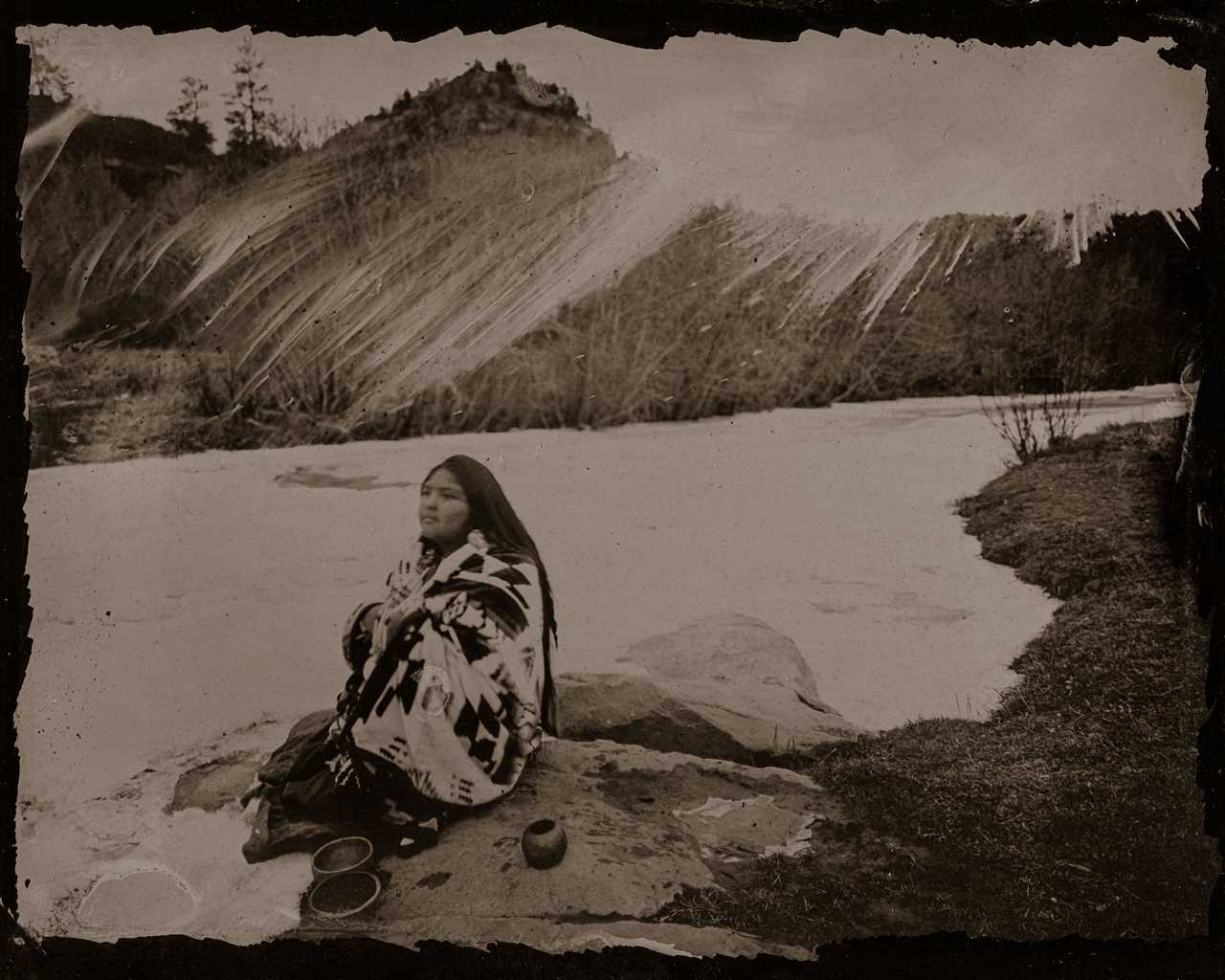
Like so much of the federal infrastructure that channels the Colorado, the tunnel is, as Vigil likes to put it, “an investment in moving water out of Indian country.” If not for the tunnel, much of the water that supplied Albuquerque’s boom would have flowed instead down the Navajo River, a major tributary of the Colorado just over the ridge from Dulce, providing fresh water for the tribe’s homes and livestock, and sustaining the delicate ecosystem that cocoons the reservation’s only perennial water source. As it is, the Navajo River’s flow is one third of what it once was, Vigil says, and in dry years, the river gets low enough to threaten the tribe's municipal water supply and tribal members living outside of Dulce rely on hauled water and wells that run dry in times of drought.
“Ask most people in Albuquerque, they don’t know they get water from the Colorado River,” Vigil told me. But, he added, referring to Navajo and Jicarilla Apache lands northwest of the city, “If you had any place else within a state where they knew that 70,000 or 80,000 of your constituents had to drive to water hauling stations every day, I bet you that stuff would be built already.”
One reason such infrastructure has not been built to benefit the tribes is the legal framework that dates to the 1922 agreement about how the waters of the Colorado would be shared. The Western boosters who signed the Interstate Compact on the Colorado River divvied up what they estimated — with far too much confidence, it turns out — to be 18 million acre-feet of water flowing from the 1,450-mile river. (To picture an acre-foot, imagine a football field covered a foot deep in water.) Three million acre-feet would make it across the border to Mexico, the pact determined, with the remaining 15 million acre-feet split between the states of the Upper Basin (Wyoming, Utah, Colorado) and the Lower Basin (New Mexico, Arizona, Nevada and California). The only mention of tribal water rights came in a single sentence: “Nothing in this compact shall be construed as affecting the obligations of the United States of America to Indian tribes.”
These “obligations” derive from treaties that often included vague language allowing for the creation and protection of a tribal homeland, but seldom any direct mention of water, and from the so-called reserved rights doctrine, which holds that tribes retain any rights not specifically given up in a treaty.
While there is broad agreement that the rights of the 30 tribes in the region represent roughly 25 percent of the Colorado’s flow, in practical terms, the tribes have never had the forum in which to enforce them: State and federal authorities are not required to negotiate directly with the tribes, and tribes have no vehicle outside the courts to compel them to. Water rights cases are notoriously slow and complex: The most famous case involving tribal water rights on the Colorado, Arizona v. California, was filed in 1952 and decided in 1963. The pitfalls of this legal ambiguity were on full display in late June when the Supreme Court ruled against the Navajo Nation, the largest tribe in the Colorado River basin, which had sued the government 20 years ago to force it to provide a plan to provide water to the 17 million-acre reservation.
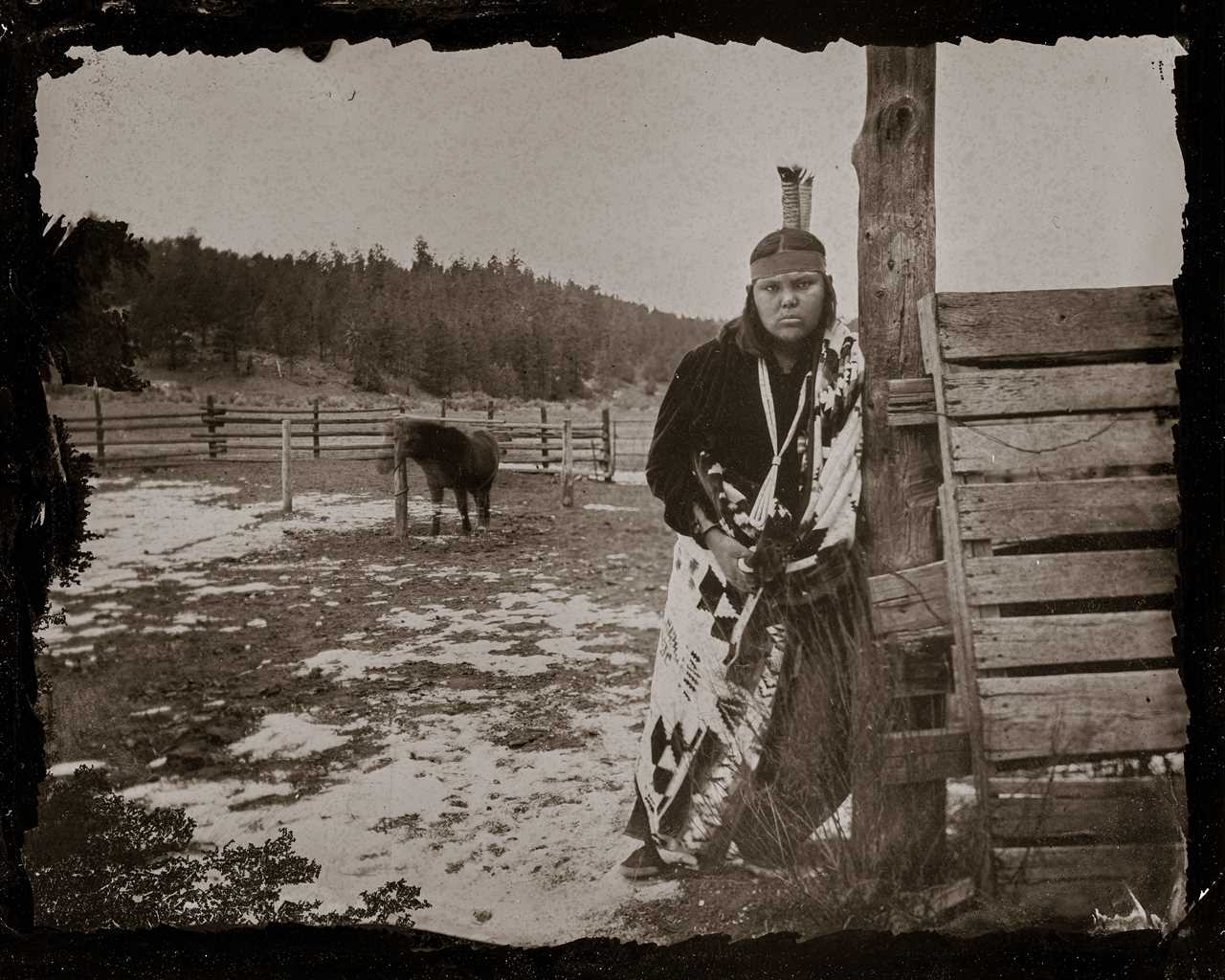
Writing for the majority, Justice Brett Kavanaugh held that the federal government had no obligation under the 1868 treaty that formed the reservation to “take affirmative steps” to secure the tribe’s water supply — either by doing a study of the tribe’s water needs or by building infrastructure to allow it to use more water from the Colorado. In his dissent, Justice Neil Gorsuch held that the tribe’s request was more modest: Everyone agrees that the federal government holds some water rights “in trust” for the tribe, but “no one has ever assessed what water rights the Navajo possess.” He compared the tribe’s ordeal in the courts to the indignity of waiting at the DMV: “The Navajo have waited patiently for someone, anyone, to help them, only to be told (repeatedly) that they have been standing in the wrong line and must try another.” The verdict’s ramifications will take years to sort out. More broadly, though, it illustrates what a convoluted system we’ve built, attempting to read between the lines of a 150-year-old agreement rather that contend with the reality that we’ve siphoned off most of the water that flows through the tribe’s ancestral homeland.
In the two decades it took for that case to wind through the courts, the tribe’s quandary over how to assert its rights on the Colorado reached a crisis point as the megadrought brought the river down to about 12 million acre-feet a year — some 20 percent below historical flows. The basic challenge remains that there’s not enough water for the Colorado River to keep supporting nearly 40 million people living as they do.
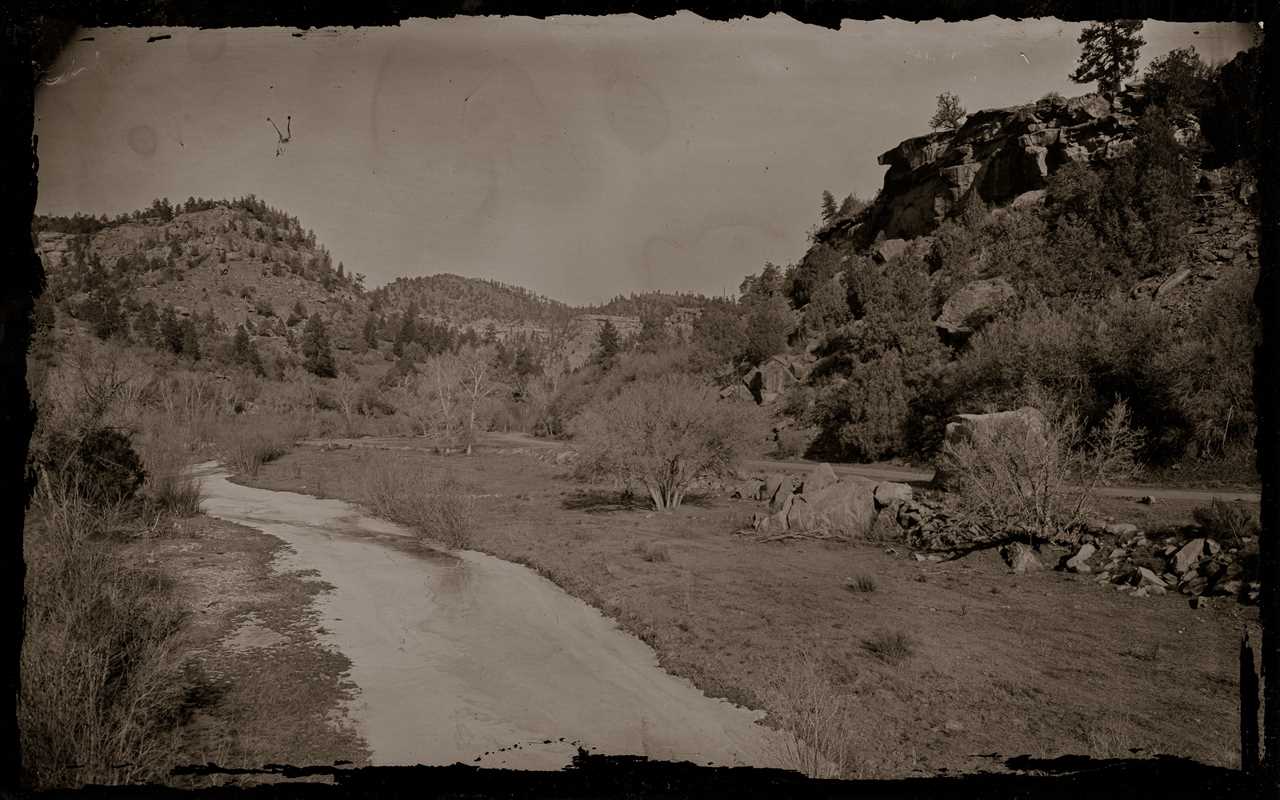
As demand for the river’s flow increasingly outstrips supply, what makes up the difference is a mix of cuts and involuntary charity on the part of the more than two dozen tribes: A portion of the water belongs to them and their roughly 400,000 tribal members, but they have neither the infrastructure to use it themselves, nor a way to sell it to other users downstream. In other words, someone else is using it for free.
In his 14 years as tribal water administrator, Vigil has focused increasingly not just on the interests of the Jicarilla Apache Nation, but on the leverage the tribes have in shaping the future of the river as a whole. Through a series of advocacy groups including one he co-founded, the Tribes and Water Initiative, Vigil has become a leading voice in debates over how the historical harms done to tribes who rely on the river should inform its governance. His argument is largely a moral one, and it’s not one that powerful interests are known to listen to. But Vigil’s unusual background and approach have helped him become a savvy relationship builder across the basin.
“For me, it’s about bringing the humanization of Indigenous people to the forefront of people’s minds and to their understanding,” he said. “Most people don’t have any clue who we are.”
Officially, Vigil, 61, retired from his position with tribal government almost a year ago, but he hasn’t stopped working, or found a replacement. Vigil (pronounced VEE-hill — “It’s a Spanish name. They had to call us something,” he explained with a chuckle) has a mop of salt and pepper hair, a wide, lean face and eyebrows that slope down toward his temples, giving him an inviting look of surprise. The day I visited in December, he looked exhausted. He led me into the water administration office, tucked into a back corner of the sprawling brick building that houses much of the tribal government. Bookshelves groaned with binders labeled in all-caps with the names of vendors and projects in progress. Maps of the reservation covered the wall behind his desk. He’d been on the road every week for a month, and most recently had come down with the flu at the annual meeting of the Colorado River Water Users Association, the biggest annual gathering for the river’s brain trust.
In conversations about water rights, Vigil tends to talk on a longer time scale, which makes sense once you understand that the waters of the Colorado feature prominently in the creation stories of many of the region’s tribes. Slumping into his desk, Vigil explained the reservation doesn’t actually sit within the original Jicarilla Apache homeland. His own family came from the White Clan, the tribe’s westernmost band, rooted in the Chama River valley — where Albuquerque’s water now flows. Beyond that, hundreds of bands lived on a homeland extending south to Abiquiu, east to the Oklahoma Panhandle and north as far as Colorado Springs. “We had our own little ‘Trail of Tears,’” he said. “They marched us down to the Mescaleros” — the homeland of the Mescalero Apache in southern New Mexico — “and tribal leaders marched us all the way back. We got really lucky — our reservation was established by presidential order in 1887.”
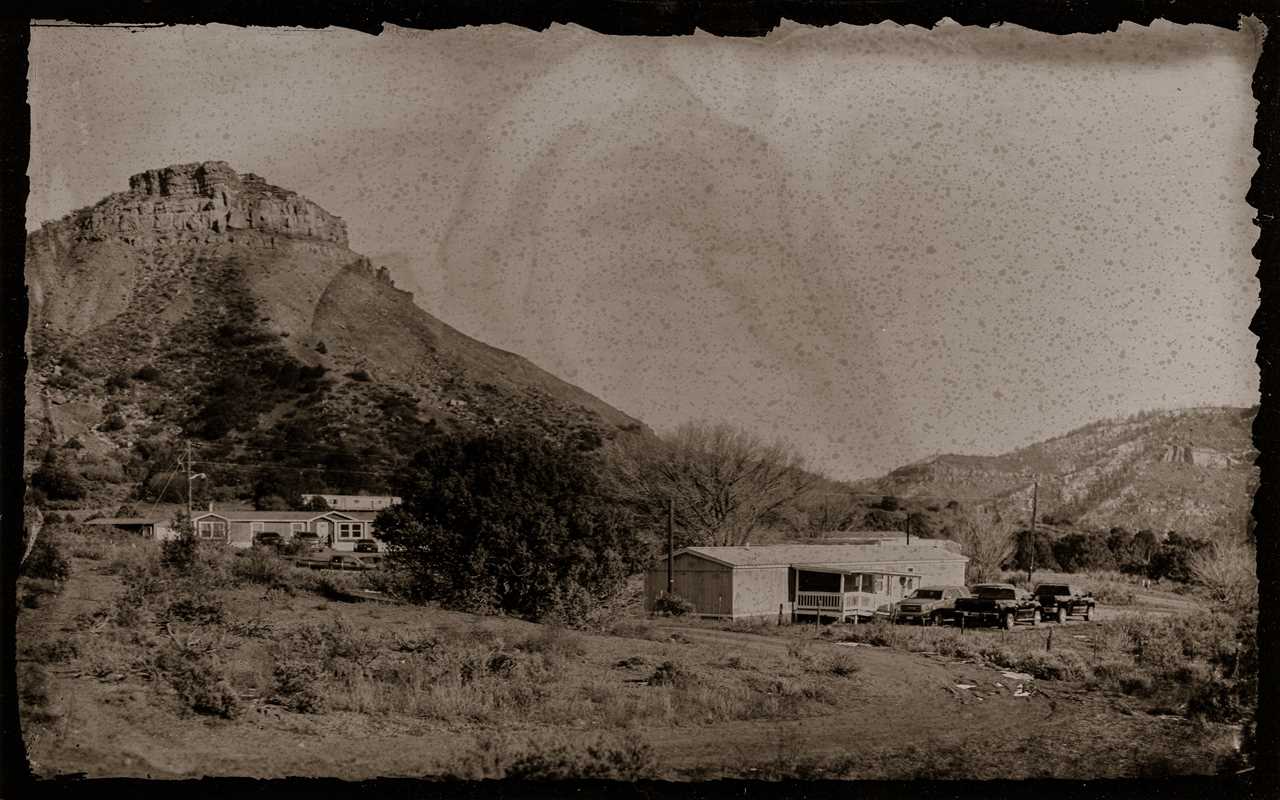
By the first decade of the 20th century, war, disease and hunger driven by the United States’ westward expansion reduced what had been a constellation of hundreds of bands living as hunter gatherers to a population of under 700 tribal members surviving largely on federal food rations on the marginal rangeland of the Jicarilla Apache’s new reservation. “From hundreds and hundreds of bands to less than maybe 700 people! I mean, come on.” Vigil walked over to a map on the wall and traced his finger along the reservation’s southern end, where white settlers who refused to cede their land when the reservation was formed had carved a notch out of what was supposed to be a rectangle. “We adopted constitutional government so we could continue to live with government rations,” he said.
The reservation altered the tribe’s way of life, but its boundaries did give members something: ostensible rights to water from the Navajo River that flowed through it. The government calculated the tribe’s share of that water using something called “Practically Irrigable Acreage.” But the Jicarilla Apache reservation is nearly devoid of arable land; in practice, using irrigable acreage as a metric meant their share of the river’s flow was cut, and much of the water that by rights should have been theirs was ultimately pumped to Albuquerque.
Vigil paused and took a breath. “So” — he said finally. “We’re not farmers; They tried to make us into farmers. That culture was the end of us being who we were.”
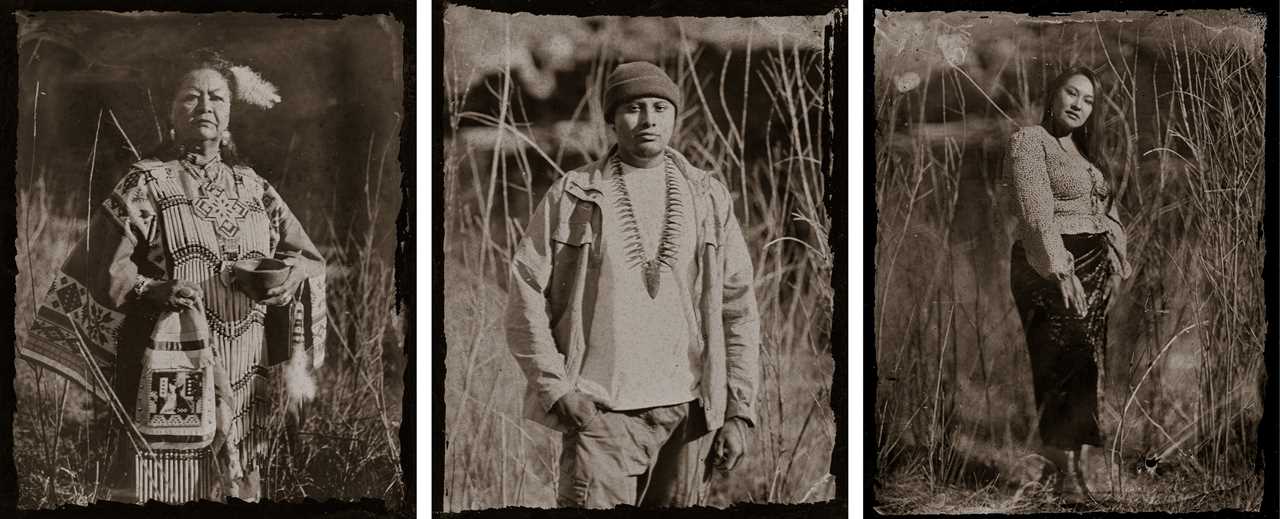
At the time the Jicarilla Apache government formed in the 1930s, Vigil explained, most of the tribe’s members still lived in remote areas of the reservation, their interactions with white society confined largely to the trips they made to town to stock up on rations. Dulce itself was still a glorified logging camp, with a trading post, a boarding school where Indian students were meant to be “civilized” and a railroad stop to bring timber down out of the mountains. A Jicarilla Apache bureaucracy — with departments and technical staff to interface with local businesses and state officials, was still decades away.
It was only in the 1960s, after the Bureau of Indian Affairs built a wastewater treatment plant, that tribal members moved to town in significant numbers, and then, as the organs of government took more definite shape, that the Jicarilla Apache pursued their water rights in court. The tribe finally settled its outstanding water claims with the federal government in 1992, after decades of litigation. But the agreement came with an important caveat: Most of the water they were entitled to wouldn’t actually reach the reservation. The combination of the Azotea tunnel’s diversions and a drying climate meant the Navajo River was already at a third of its historic flow. The tribe’s water would have to come from another Colorado tributary, and it could only be delivered to two reservoirs downstream.
That same year, as the settlement talks were drawing to a close, the tribe’s lawyer got word that there was a meeting of the Colorado River Water Users Association set to be held at the airport in Phoenix on a day when a small group of tribal leaders from around the basin was visiting the city on other business.
“We were headed in that direction,” then-Tribal Chair Levi Pesata recalled, “so we just thought we’ll try and go there and get in that meeting somehow — and we weren’t invited.” It was an awkward encounter. “I don’t know up until that time, if they had had any contact with the Colorado River tribes,” Pesata explained. “We went in there and told them who we were, and what we wanted to know.”
Soon afterward, Pesata was part of the group that formed the Ten Tribes Partnership, bringing together the tribes with settled rights to Colorado River water to advocate jointly. “At the time, the Utes, the Navajos and the Colorado River Indian Tribes — we all got together and started pushing,” Pesata recalled. “And slowly the makeup of that association [CRWUA] started shifting.”
No one reflects the shifting makeup of the group as much as Vigil. He had spent more than a decade of mostly successful years running his family’s small hotel, restaurant and conference center in Dulce. He arranged a sale to bring that business under tribal management and stayed on as general manager until he was ousted after a change in tribal government. “If you know Indian Country, there’s a period of blackballing if they get rid of you, the leadership does, and eventually you can cycle back in,” Vigil said. He’d planned to make a clean break with tribal government, but in 2007, tempted by the prospect of a stable paycheck and benefits, Vigil found himself applying to be the tribe’s new water administrator. “I knew just enough about water to answer the questions that were relevant to the interview,” Vigil said: “The accidental water guy.”
Vigil’s new role coincided with a realization across the basin that climate change was driving not just lingering drought but the gradual transformation of the region — a dry place getting much drier. Water users had long benefited from the fact that even if the river was over-allocated on paper — essentially, there were outstanding IOUs for more water than the river held — there was still more water flowing down through the lower basin each year than people had use for. It was only in 2005 that the Interior Department began to develop, for the first time, operational guidelines to manage the river under conditions of “water shortage,” which the Bureau of Reclamation (part of the Department of the Interior that oversees federal water infrastructure in the West) defined as any time there was less than 7.5 million acre-feet available for Arizona, Nevada and California. By 2009, climate projections convinced federal officials of the need to do a basinwide study of supply and demand.
As he called around to offices at the Bureau of Reclamation in his first months as water administrator, Vigil began to see just how marginalized tribes were in the day-to-day management of the river. “‘So, the interim guidelines we operate on, tribes are not involved in that?’ No. ‘Were they invited to be involved?’ No.” Now, the federal government was trying to plan for the need to cut water allocations across the basin without the involvement of the tribes that — at least nominally — controlled a quarter of the river’s flow.
Harnessing his inner hospitality guy as he joined the Colorado River conference circuit, Vigil made a point of pulling up a chair at unfamiliar tables. In 2012, some 20 years after Levi Pesata’s incursion at the airport, Vigil, as chair of the Ten Tribes Partnership, became a board member and treasurer of CRWUA.
His new role gave him a bigger platform. “They got to hear Daryl Vigil at every opportunity talk about how the government wasn’t fulfilling their trust responsibility. And they listened,” he said. In the end, Vigil helped secure what amounted to a disclaimer appended to the report, noting that a majority of tribes along the river have unresolved (and likely more senior) claims and that “the demand for this water will be a factor impacting basin-wide water availability.” Like the disclaimer in the original compact, it was a mere sliver of an opening for tribal advocacy, but an opening nonetheless. After the basinwide demand study was completed, officials in the Obama administration made a counterproposal: What about a dedicated study of tribal demand?
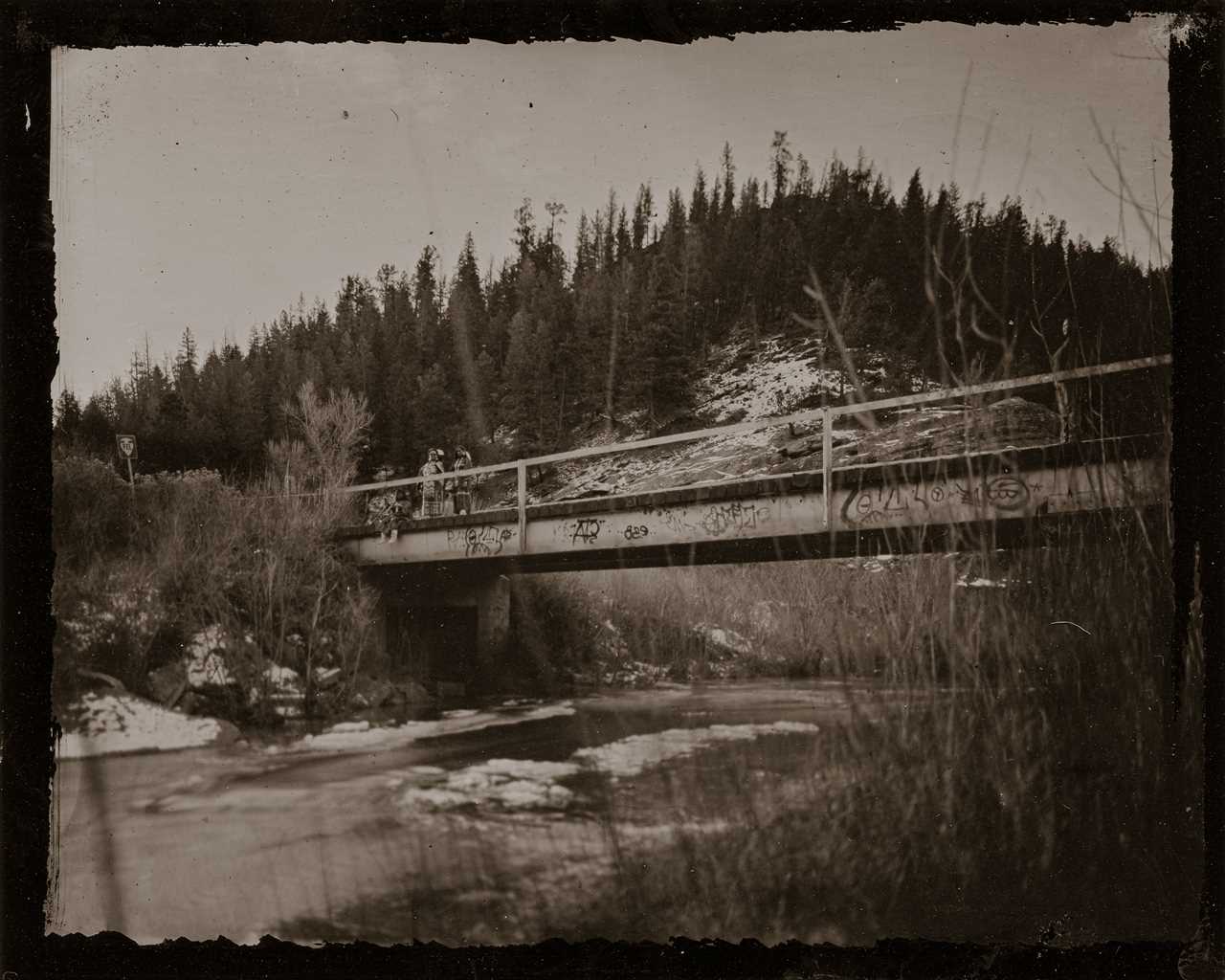
The resulting report confirmed much of what tribes had complained about for decades: unfinished infrastructure projects that had been promised long ago as part of federal settlements, onerous restrictions on where and how tribes could put their water to use, and some 500,000 acre-feet a year that flowed down the river without compensation. Historically, tribes pursued settlements independently. “If you know one tribe, you know one tribe,” goes an axiom Vigil and others often repeat in relation to tribal water rights. But the tribal water study also underscored the consequences of their common history: There’s a difference between having a legal right to water and having a foothold in the federal apparatus that actually manages the river.
In 2019, nearly two decades into the megadrought affecting the Southwest, the seven Colorado River states adopted a drought contingency plan overseen by the Bureau of Reclamation to manage the changing hydrology on the river. In the years since, users in the lower basin and Mexico have had their water allotments cut by close to 1 million acre-feet, a more than 10 percent reduction.
Earlier this year, as the seven basin states scrambled to come up with a compromise to cut their 2023 allocations by a further 2 million acre-feet, Amelia Flores was working with partners in the state and federal government toward another milestone. Flores is chair of the Colorado River Indian Tribes, whose lands straddle the river on the California-Arizona border. For more than 20 years, CRIT’s leaders had been pushing for legislation that would allow the tribes to lease some of their water to users outside the reservation. With senior rights to more than 700,000 acre-feet a year, CRIT is one of the largest rights holders in the basin, providing water both to commercial farmers who lease tribal land — this part of the Southwest grows the bulk of the country’s winter vegetables — and to blunt the impact of shortages across in the system. Since 2016, through agreements with the federal Bureau of Reclamation, CRIT has fallowed enough farmland to leave 200,000 acre-feet of water in Lake Mead, preventing the reservoir’s levels from dropping even faster toward the critical “dead pool” level where power cannot be generated.
On Jan. 5, President Joe Biden signed legislation freeing the tribe to lease its water to users outside the reservation for the first time. But even as the tribe pushed that bill over the line, it wasn’t party to negotiations among the states about the shape of future cuts. As the tribe’s longtime attorney, Margaret Vick, explained recently in a joint phone interview with Flores, allowing tribal participation in those talks wouldn’t require an act of Congress. “What that would require is a phone call,” Vick said.
When the Bureau of Reclamation’s Feb. 1 deadline arrived without a deal, news outlets around the country reported on the proposal that came closest to consensus: Every state but California signed onto an arrangement that would leave the Golden State, which receives some 4.4 million acre-feet, by far the largest share of Colorado River water, to absorb the bulk of the cuts. To Flores’ surprise, the deal also called for CRIT to give up 45,000 acre-feet without compensation. Asked whether she’d had any prior notice from Arizona or its counterparts, Flores was blunt: “None, zero.” For the Colorado River Indian Tribes, the river is both the center of a sacred homeland and the backbone of government services: Agriculture represents about 80 percent of the tribal government’s revenue. Uncompensated water cuts could affect everything from health care to college scholarships for tribal members.
“Still to this day we don’t believe states really understand the dynamics of tribal water rights,” Flores said. “We need to be at the table.”
This dynamic is felt most acutely in Arizona, home to 22 tribes with claims to Colorado River water. When I asked Tom Buschatzke, director of the state’s water resources department, about negotiations with tribes, he touted a state program established in 2004 to buy farmland and leave it fallow in order to create a pool of Colorado River water rights the government could assign to future tribal settlements. Unfortunately, he explained, two decades on, most of that theoretical pool of water has literally evaporated with the changing hydrology of the river.
“That makes it difficult to push forward with settlements,” Buschatzke said. “I’m not going to offer a tribe something that would only be there 5 percent of the time.” There is, of course, a more reliable pool to draw from — the water that already flushes the toilets and irrigates the golf courses of Arizona’s cities and towns — but what Arizona politician is going to propose giving tribes that water?
“Wow,” Vigil says. “There’s an opportunity to start thinking about how we feed ourselves, where we feed ourselves and all those kind of things, and that’s one of the things that’s missing.”
About 70 percent of the basin’s water is allocated to agriculture, mostly to feed cattle. “And there is no structured place that I know of where those conversations are being had. Seventy percent of the water is [for] agriculture!” he repeated. “How are we not talking about that?”
While indigenous people have held a variety of top posts at Interior Department agencies going back 20 years or more, Biden’s appointment of Deb Haaland, the first Native American secretary of the Interior, signaled a commitment to Native points of view in the upper echelons of power at the White House. It did not take long for tribes to be disappointed. In late 2021, Vigil coordinated an effort that saw the leaders of 20 tribal nations sign a letter to Haaland, outlining a list of shared demands of federal officials, including a framework for leasing privileges similar to those won by CRIT. Haaland held a listening session with the signatories the following spring, one of “more than a dozen meetings” an Interior Department spokesperson highlighted of the government’s commitment to “robust consultation” with tribes. But to Vigil, it was part of a familiar pattern: Federal agencies seem always willing to talk but never to respond to specific demands.
This past February, federal officials announced the states had missed a second deadline to make further cuts, totaling 2 million to 4 million acre-feet, and that the Bureau of Reclamation would have to make the decision instead. In April, the Biden administration sketched out its plan to meet that target, setting aside distinctions between “senior” and “junior” rights holders, and asking California, Arizona and Nevada to reduce Colorado River water usage across the board by an additional 25 percent.
To avoid the bruising politics of choosing California alfalfa over Arizona subdivisions, the administration’s proposal put cities and towns with water rights dating to the 1960s on the same footing as irrigation districts with claims dating back to the 19th century. Settled tribal rights, too, would have to flow from the same bucket. But the threat of federal officials unilaterally imposing reductions on the states for the first time in history was finally enough to compel broader agreement. With the help of a wet winter and $1.2 billion in federal funds, Arizona, California and Nevada have agreed to cuts of roughly 13 percent across the lower basin, enough to stave off the immediate crisis. The plan is expected to gain final federal approval, but it will not materially change the role of tribes in future negotiations.
When I asked Vigil if he felt he’d seen any significant inflection points in tribal participation in the river’s governance after 15 years of advocacy, there was a long pause. Finally, he said, “You know the reason why that’s a tough question? Because nothing has really changed. We don’t have a formal place in the policymaking process. … And until that happens, that means our sovereignty is not being fully recognized.”
The water treatment plant that supplies the town of Dulce sits at the top of a hill northwest of town, a windowless concrete building beside a baby-blue water tower. For the past five years, the plant has been run on a contract with the Canadian company H2O Innovation, with the notion that they will hire and train their replacements from within the Jicarilla Apache Nation. “They’re trying to get us some employees up here to see who wants to learn it, who has a knack for it,” the project manager, Jesse Froggé, told me when I visited in December, referring to the tribal government. Two tribal members had already joined the wastewater team; water treatment can be a 24/7 job. “We had issues through monsoon season. When you got a lot of rain and runoff into the river, the characteristics change, the chemical demands change. You gotta stay on top of it.”
Rain is not the worst of what could happen to the Navajo River. Levels could drop so far the tribe would not be able to divert water, or it could be fouled after a wildfire, with ashy runoff contaminated by flame retardant, as happened last year to a New Mexico town. In 2015, an accidental breach of a tailings dam at a gold mine sent 3 million gallons of water laden with heavy metals into the Animas River, another nearby Colorado River tributary, turning the river orange and rendering it unsafe for humans and animals for a week afterward.
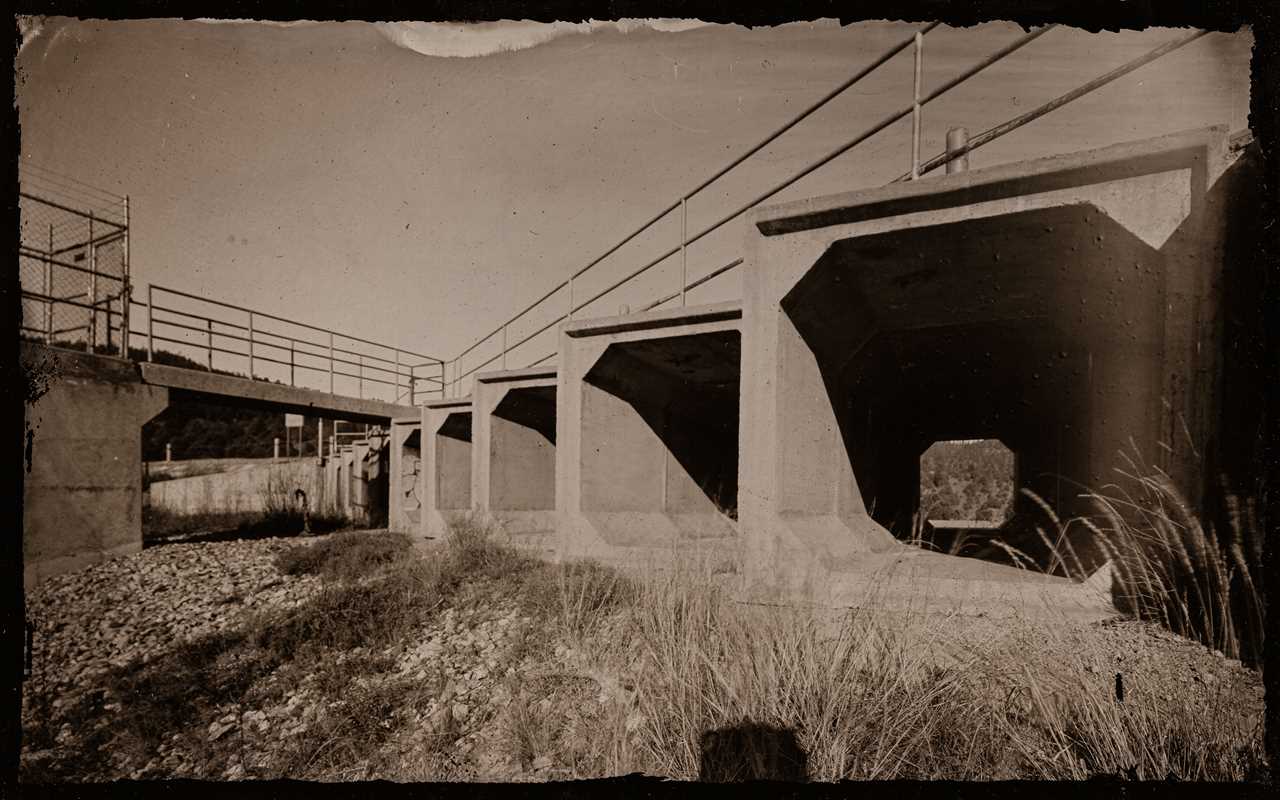
The existing water supply for the reservation faces a number of critical issues. In the summer, the plant’s aging filters pump about 600,000 gallons a day to supply the town of Dulce, a number that suggests huge water loss through leaks and broken connections. But the town’s metering system is so antiquated it’s not possible to see how much water is actually being used and where. Some of the oldest water lines are made of lead or asbestos-reinforced concrete. The tribe is working to secure funding for updates through the Indian Health Service and the Bureau of Indian Affairs, both part of the Department of the Interior. “But it’s going to take a while,” Froggé said.
Running a water treatment plant, of course, is not all the tribe does. The Jicarilla Apache Nation operates its own police force, jail and courts system, its own school district, electric utility and departments for the administration of housing, public works, and sanitation. It operates separate casino, labor, fish and game, and oil and gas regulators, behavioral health programs, a mortgage lender and a supermarket. Reading this litany of tribal responsibility, it’s tempting to ask why the tribe wouldn’t simply let go. Many rural communities contract with sheriff’s offices and state departments of transportation, so why not cede part of the burden of government to the poobahs in Santa Fe? But to relinquish even a part of those responsibilities would be to relinquish sovereignty. And to relinquish sovereignty would be to relinquish the thing that tribes have been fighting so hard to hold on to for the past several hundred years.
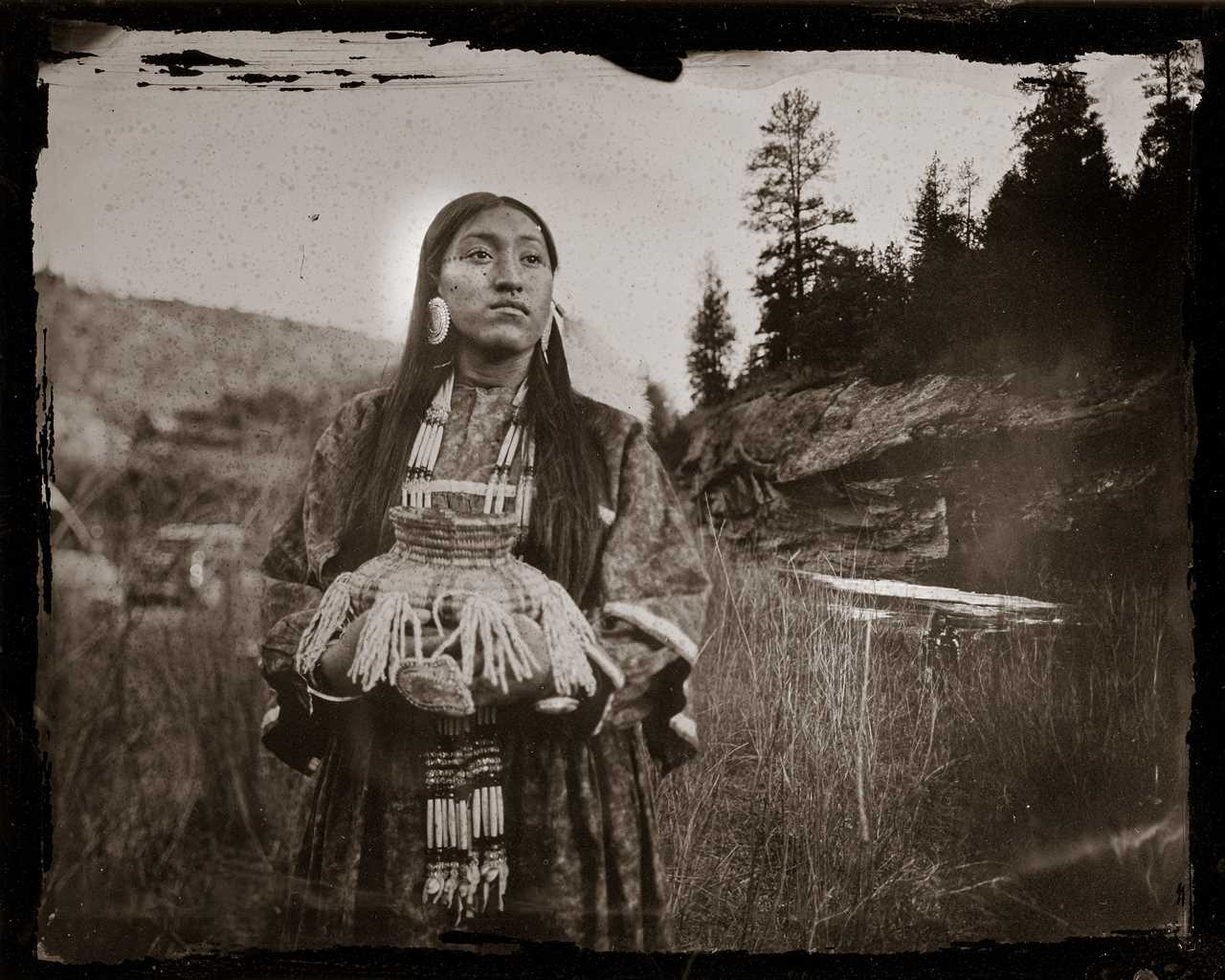
The argument that tribes aren’t up to the task of representing their own interests is as old as empire — it wasn’t until after World War II, for example, that tribes were allowed to hire their own attorneys and sue the federal government for breach of trust responsibilities. Surely, there are already stakeholders in the basin who think that if the Jicarilla can’t maintain their own water systems, they shouldn’t expect a role in steering the future of the Colorado River. The building permits, the utility lines, the gambling regulations, all these are the price of admission for basin tribes to control their own destiny, and they’re determined to do it, even, as Vigil often says, “operating from a deficit.”
The project of Vigil’s that seems to make him most optimistic is a deal recently signed between the Jicarilla Apache Nation, the state of New Mexico and the Nature Conservancy to redirect the water that the tribe had sold, for 30 years, to the San Juan Generating Station, near the reservoirs where the tribe’s Colorado River water is delivered. When the power plant closed and the water began to flow downriver into Arizona, Vigil said, “I spent two years pressing the New Mexico state engineer: If this is New Mexico water, let’s find a way to use it.”
New Mexico planned to store the water in a pool meant to buffer against shortages that could affect municipal users or the state’s obligations under endangered species law, but by law, the state only offered a price determined by two market studies it commissioned. Since the tribe’s only other possible buyer had permanently closed, the price was well under $100 an acre-foot. For comparison, Arizona and Southern California farmers recently proposed voluntary cuts in their usage in exchange for $1,500 an acre-foot. For the tribe, this was a nonstarter. The Nature Conservancy, eager to support conservation measures in the state, agreed to provide enough funding to bring the price to as much as $190 dollars an acre-foot and see the deal through.
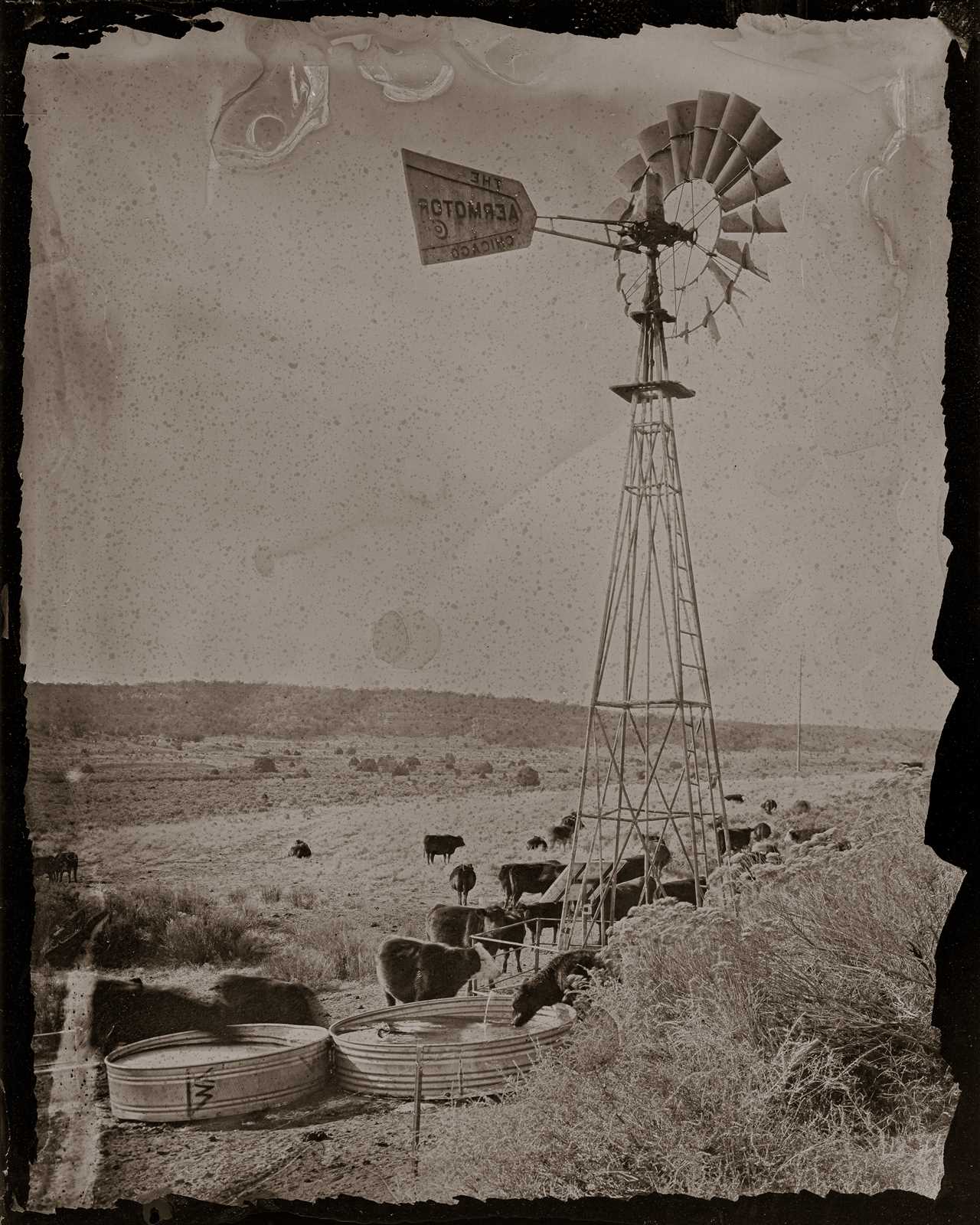
It was the first time in history, Vigil told me proudly, that a state and a tribe had negotiated water business in the Colorado Basin on a sovereign-to-sovereign basis.
----------------------------------------
By: Rowan Moore Gerety
Title: The Forgotten Sovereigns of the Colorado River
Sourced From: www.politico.com/news/magazine/2023/07/07/the-forgotten-sovereigns-of-the-colorado-river-00096002
Published Date: Fri, 07 Jul 2023 03:30:00 EST






